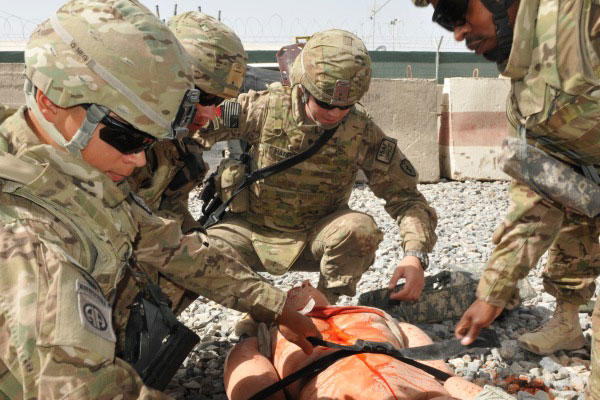The military will stop using live animals next year for a variety of experiments and combat trauma training scenarios for doctors and medical specialists, the Pentagon said Wednesday.
The change in policy, first reported by the Boston Globe, will substitute realistic human manikins for animals in a move long advocated by animal rights activists.
In a memo last May, Dr. Jonathan Woodson, the assistant secretary of Defense for Health Affairs, said that the military relied on the use of animals “to prepare medical personnel to care for those in harm’s way” while calling for “the reduction of our use of the live-animal model.”
In the memo released by Pentagon officials, Woodson said the use of animals could be reduced since there were “sufficient simulation models to meet education and training needs.” Woodson’s recommendations have now been endorsed by Defense Secretary Chuck Hagel.
The new policy was to go into effect on Jan. 1 in a move that the advocacy group People for the Ethical Treatment of Animals (PETA) cited as a major victory for animal rights.
“This is the first time that a major shift away from animal use has been dictated across the entire Department of Defense,” said Justin Goodman, director of Laboratory Investigations for PETA.
“Now we have a situation where animal use will be completely prohibited in a number of key medical training areas,” Goodman said.
The military came under heated criticism in the 1980s and 1990s following disclosures of experiments that exposed monkeys to chemical weapons and others that involved the shooting of cats.
The new policy will curb, but not stop, all uses of animals to gauge the effects of combat trauma, Goodman said. Instead, the military will now be more in line with the civilian medical community in which 98 percent of training programs and medical schools no longer use animals, Goodman said.
The advocacy group Physicians Committee for Responsible Medicine has estimated that the military uses about 8,500 animals – mostly pigs and goats – annually in its combat trauma training courses.
-- Richard Sisk can be reached at richard.sisk@monster.com





























